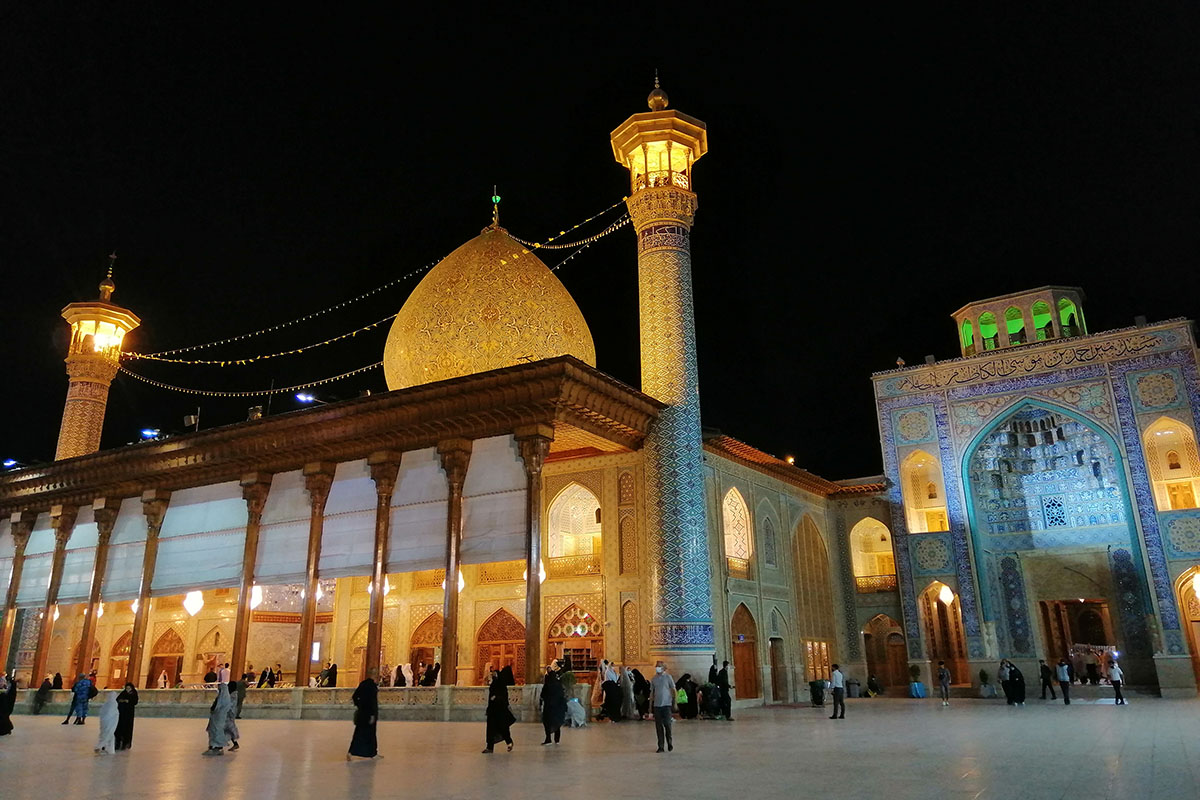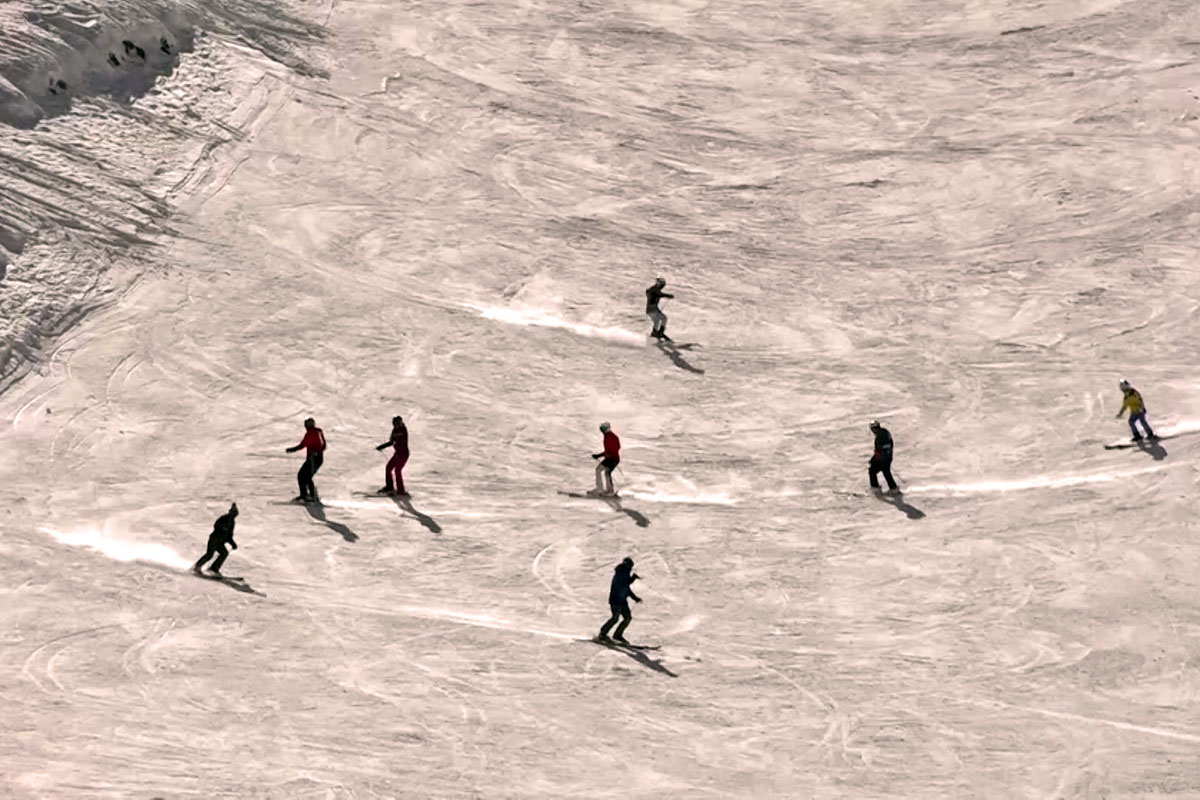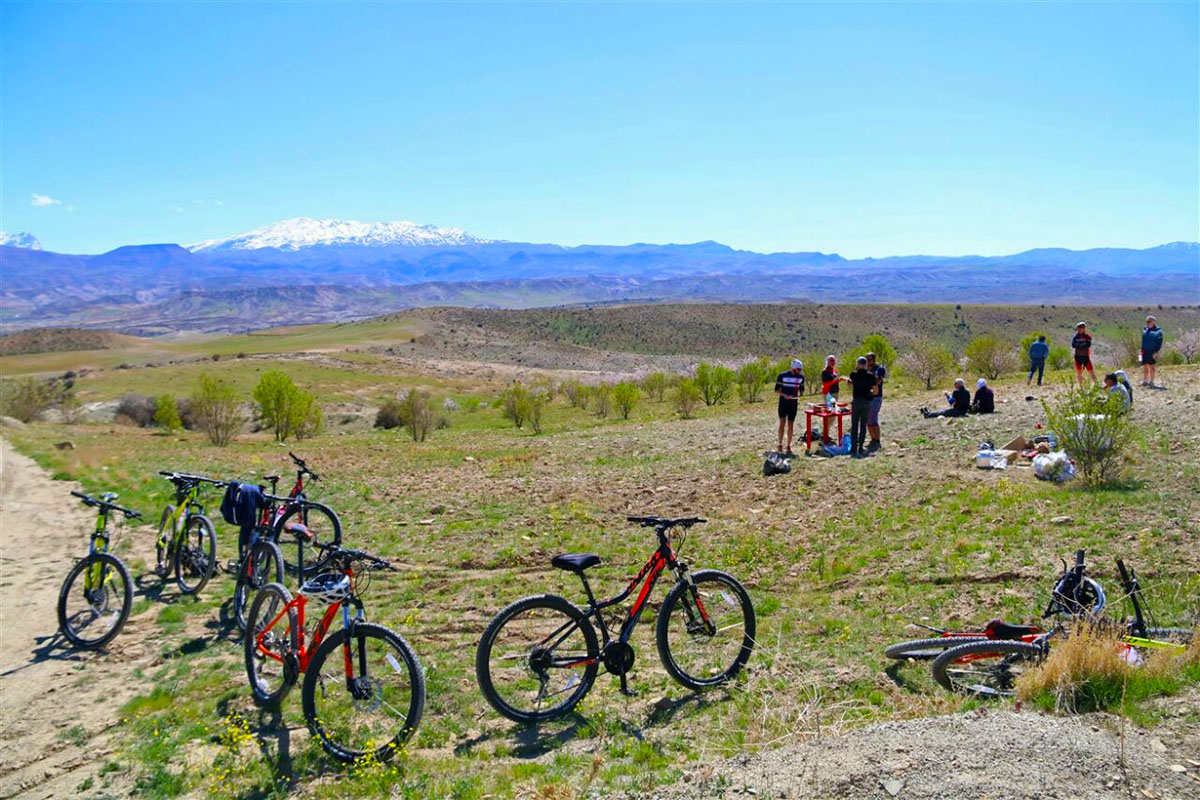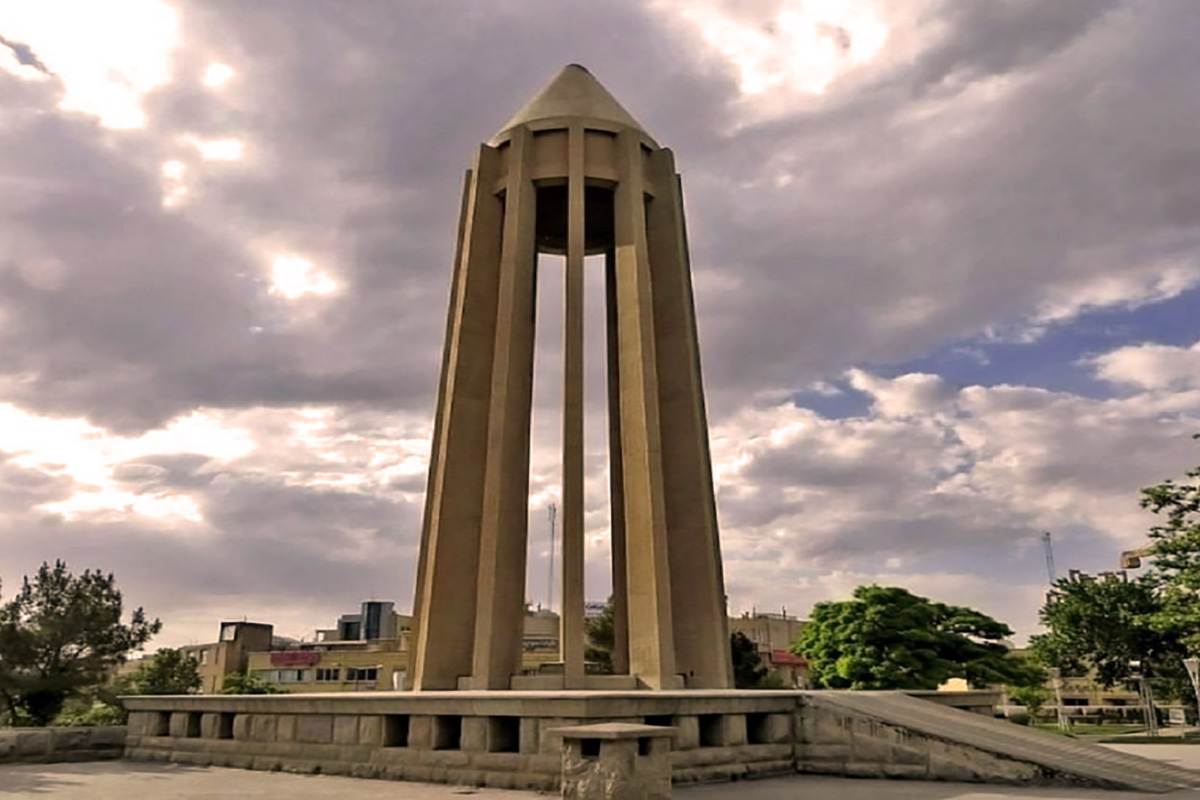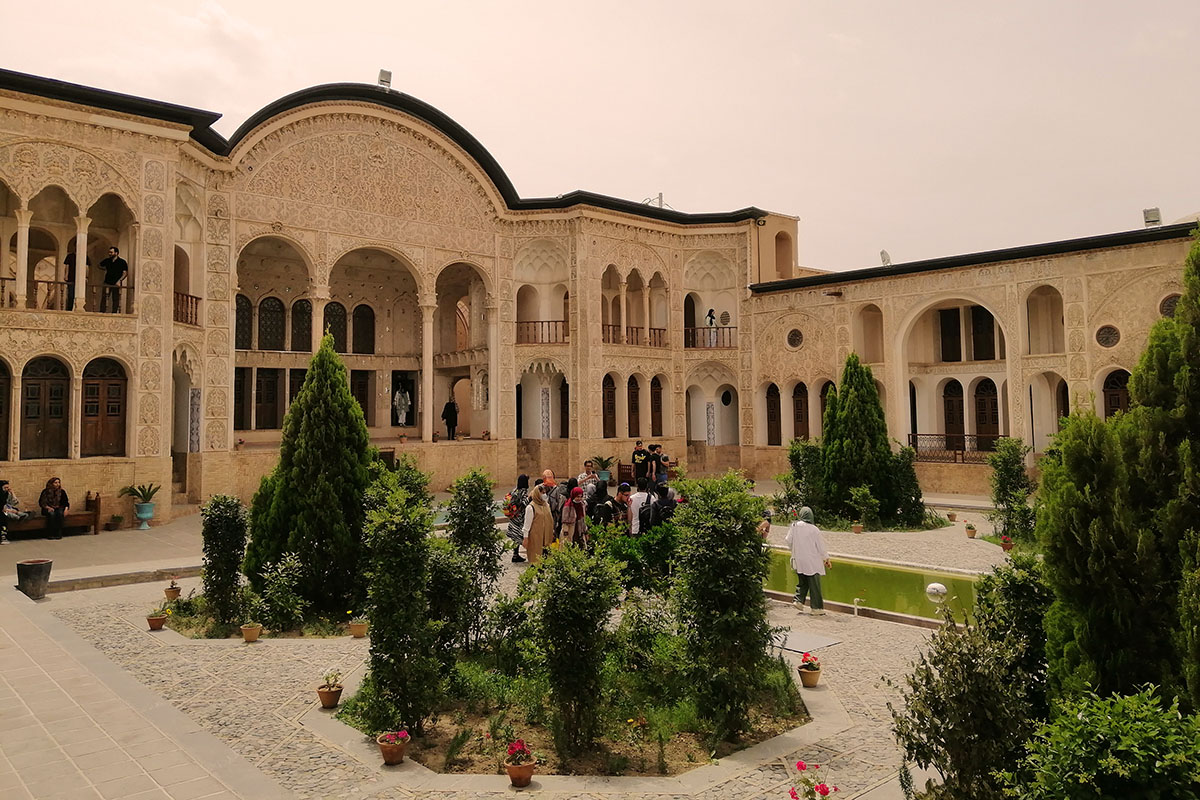Question:
In middle of december planning to visit Iran for 2 weeks especially for photography. We will be 2 persons from Turkey- city Zonguldak.
Day 1/2 : Tebriz (city and Kendovan)
Day 3/4: Rasht (city,Bandar-e Anzali lagoon and Masuleh)
Day 5/6: Kashan (city, Aran-va-Bidgol, maranjob&salt lake, Abyaneh)
Day 7/8: Esfahan (city and around, Feridan to see Bakhtiyari nomads)
Day 9: Yezd (city and around)
Day 10/11: Shiraz(city, Marcdasht, Persopolis, Firuzabad to see Qashqai nomads)
Day 12/13: Bandar Abbas (Qeshm island and Minab)
Our photographic aim will be local people still having strong tie with traditions, their life styles and mentioned cities touched and given soul by with those people. On the other hand we're searching for nomad and pastoral people and their places as like Qashqai nomads, Bakhtiari nomads, Baluchi women, Khajue nomads, possibilities to be hosted in their places.
Answer:
The Bakhtiari tribe, with the population of over 800,000, inhabits an area of approximately 67,000 sq. km (25,000 sq. mi) that straddles the central Zagros Mountains in Iran. Although only about a third of the tribe is nomadic (the rest are settled agriculturists), the nomads embody the Bakhtiari cultural ideals. They dedicate themselves to producing meat and dairy products and migrate seasonally with their sheep, cattle, or goat herds from high plateau pastures, where they spend the summer, west of the city of Esfahan, to lowland plains in the province of Khuzistan for winter herd grazing. Their migration is among the most spectacular known among nomadic paternalists anywhere. They are obliged to cross the river. For this, they throw themselves and their livestock into the whirlpools. There mill around until the centrifugal force of the water throws them out towards the opposite shore. Some men of the tribe cross the river more than eight times a day to help others carry their flock, children and household utensils over to the other shore. Crossing the river takes five or six days usually accompanied by many casualties. The next obstacle is several mountain ranges. They pass the mountain at about 3,050 m (10,000 ft) and therefore have to time their movement with extreme care in order to minimize the danger of early snowfall, flooding mountain rivers, and lack of grazing. The last range is called Zard Kuh which is over 13,000 feet in height and still covered by snow; the Bakhtiaris must cross it before they can reach the green pastures around Isfahan in the center of the plateau. Here, the Bakhtiaris leave their equipment, tents, carpets, cooking utensils, and the other amenities that they had recently used in the nearby villages for use after they return. With them they take only the absolute necessities, i.e., their flocks, horses, donkeys, and mules, the main sources of their survival.
Traditionally these dangers took a heavy toll, but in recent years the government has helped the migration by building bridges, improving the route, and setting up fodder supplies en route.
The Bakhtiari tribe divides into two main branches: the Haft Lang and the Chahar Lang. The Haft Lang consists of 33,493 households. The Chahar Lang consists of 2,825 households. Each tribe further divides into subtribes. The Bakhtiaris are Shi’ite Muslims. In difficult spots you find them seek assistance from Saint Ali, the First Saint of the Shi'ites.
They are the largest and most purely Iranian of all the Persian tribes. They belong to the Lor race and their language is closely related to the oldest known forms of Persian. The annual Bakhtiari migration in April from their Garmsir, or winter quarters in Khuszistan, to their Sardsir, or summer pastures in the Chahar Mahal region of the plateau south/west of Esfahan, takes from four to six weeks. It is an epic of human courage and endurance in which men, women and children of all ages, with their animals and household goods, travel by five different migrations routes across some of the wildest and most difficult mountain country in Persia in their search for grass.
The Qashqais began entering Iran from central Asia during the eleventh and twelfth centuries. Historical movement of larger and smaller groups of pastoral nomadic households of different ethnic backgrounds, including Turks, into and out of Fars continued up to the nineteenth century. Alternate spellings are Kashkai, Kashgai, Ghashgai, Ghashghai, Ghashghaie, Qashqay or Qashqai.
Qashqa'i literary means "those of a horse with a white-starred forehead" or "those who fled."
Little information is available about them until the mid-18th century when Karim Khan Zand, appointed a Qashqai as tribal leader of a province.
The Qashqais are Turkish-speaking nomads and compose a community of settled, semi-settled, and pastoral nomadic households who reside mainly in harsh skirts of Zagros Mountains in Fars province southwest Iran. In 1998 their current population was estimated to be about 1.5 million. Their summer pastures stretched to areas in central Iran, and their winter pastures to areas close to the Persian Gulf.
5 large tribes make up the Qashqai federation (Amaleh, Darrehshuri, Kashkuli-Bozorg, Farsi Madan & Shish Boluki). Each tribe consists of a number of named subgroups (tayefeh), which are represented by headmen and have their own traditional areas of winter and summer pastures.
Qashqai nomadic life is supported primarily by the raising of sheep and goats. The wool from the sheep is sold annually and the extra cheese, curds and dairy products also provide a source of income. Gradually camels and donkeys are being replaced by trucks to carry the tents and other gear during migration. Crops such as barley and wheat are raised to provide additional food for the people and the herds.
The women are talented weavers and produce distinctive rugs both for their own use and sale. These carpets are used to decorate the rectangular black Qashqai tents. The women wear long floral-print dresses and cover their heads with colorful scarves that let some hair show. The special traditional men hat is a gray felt two-eared one. The men are good horsemen and marksmen. Qashqai children are taught in Farsi by teachers who live and travel with the families.
The language of Qashqai, which is unwritten, is Turkish and linguistically similar to Azeri. Mostly the Qashqais can communicate in Farsi which is the national language of Iran.
Almost all Qashqais are Shia Muslims. In national political struggles. They follow Muslim traditions for marriage, death and sacrificing animals.
Check the cheapest Iran tours.

